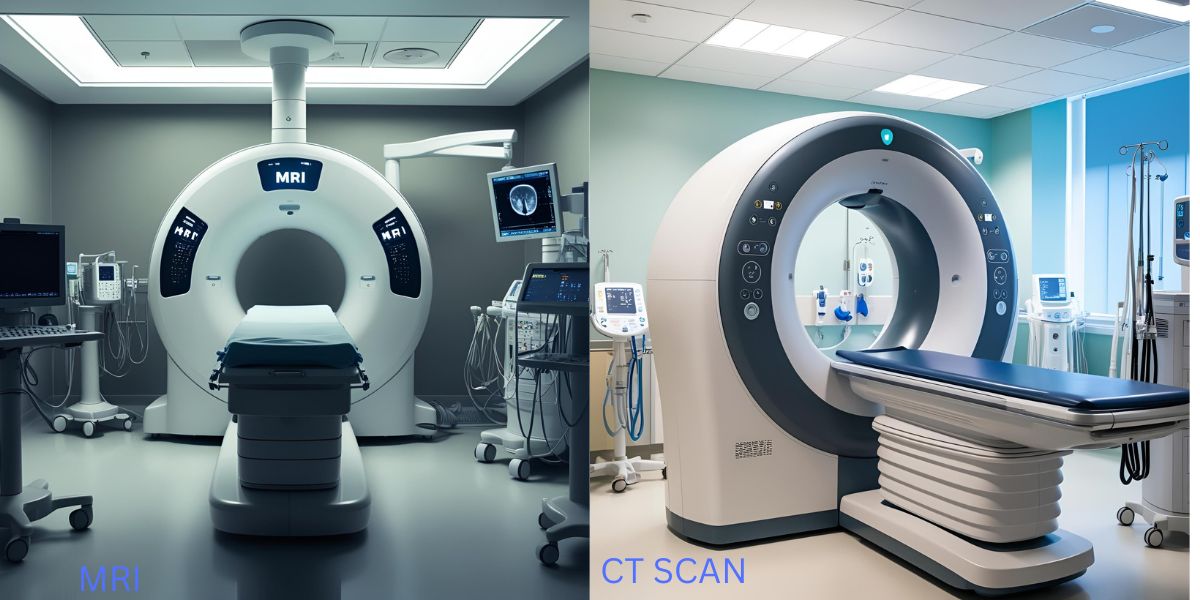The Role of Radiology in Modern Medicine: A Comprehensive Overview Read More
The purpose of an interventional radiologist (IR) is to diagnose and treat a wide range of medical conditions using minimally invasive, image-guided techniques.

treatment process
Treat a Broad Range of Conditions
The purpose of an interventional radiologist (IR) is to diagnose and treat a wide range of medical conditions using minimally invasive, image-guided techniques. These procedures are alternatives to open surgery and are often safer, less painful, and require shorter recovery times.
Blood vessel diseases
(e.g., blockages, aneurysms, bleeding)
Cancer
(e.g., tumor ablation, targeted chemotherapy)
Use imaging technologies
(X-ray, CT, ultrasound, MRI)
Use needles, catheters, and tiny instruments through small incisions
treat conditions inside the body.

_BENEFITS_
Benefits of Minimally Invasive Procedure for the Patients
01.
Faster Recovery Time
It involve smaller incisions, leading to quicker and faster healing, and allowing patients to return to their daily activities sooner compared to traditional surgeries.
02.
Reduced Pain and Discomfort
These techniques cause less trauma to the body, resulting in significantly reduced pain during and after the procedure, enhancing patient comfort. This helps in pain relief.
03.
Lower Risk of Complications
With minimal incisions and precise targeting, the risk of infections, bleeding, and other complications is greatly reduced, ensuring safer outcomes for patients.
04.
Shorter Hospital Stays
Many minimally invasive procedures can be performed on an outpatient basis or require only a brief hospital stay, saving time and reducing medical expenses.
05.
Improved Cosmetic Outcomes
Smaller incisions mean minimal scarring, preserving the patient’s physical appearance and boosting confidence after the procedure.
